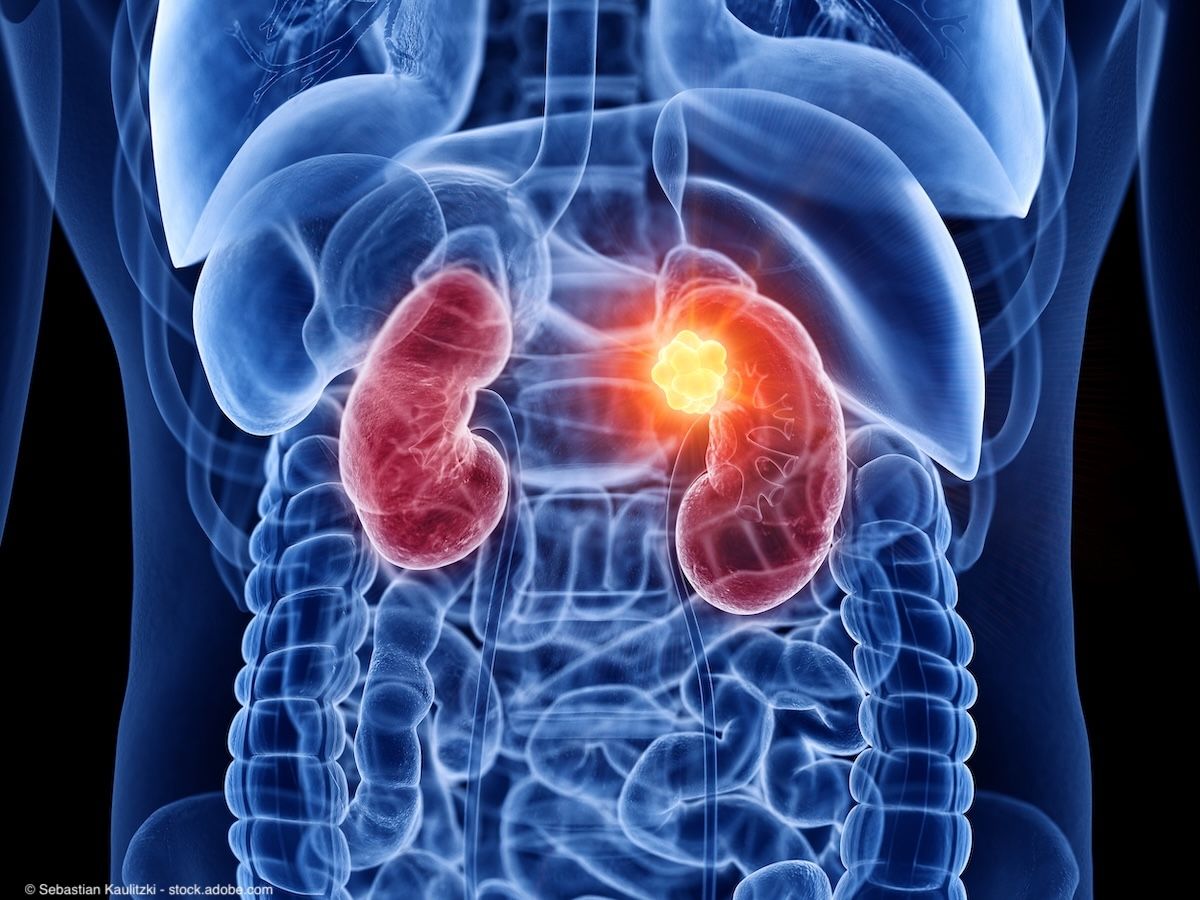Opinion
Video
Investigators evaluate PI-RADS upgrading rules for prostate cancer
Author(s):
"What we found was that the obedience to the upgrading criteria of PI-RADS as they are today resulted in a better overall outcome for all the patients that were included in the study," says Leonardo Kayat Bittencourt, MD, PhD.
In this article, Leonardo Kayat Bittencourt, MD, PhD, discusses the recent American Journal of Roentgenology study “PI-RADS Upgrading Rules: Impact on Prostate Cancer Detection and Biopsy Avoidance of MRI-Directed Diagnostic Pathways." Bittencourt is vice chair of innovation in the department of radiology at UH Cleveland Medical Center, a radiologist in abdominal imaging at UH Cleveland Medical Center, associate professor of radiology at Case Western Reserve University, School of Medicine, and a member of the Cancer Imaging Program at Case Comprehensive Cancer Center in Cleveland, Ohio.
Transcription:
Please discuss the American Journal of Roentgenology study "PI-RADS Upgrading Rules: Impact on Prostate Cancer Detection and Biopsy Avoidance of MRI-Directed Diagnostic Pathways."
By now, it is clear to the whole prostate community that PI-RADS is the most established way to score the likelihood of significant cancer on an MRI scan. All the specialties that interact with prostate cancer have been using PI-RADS on a daily basis to drive our decision as to whether to biopsy a patient or not. But it turns out that PI-RADS, as any other RADS scoring systems, such as BI-RADS for breast cancer, TI-RADS for thyroid, they are usually regulated by the American College of Radiology. They are based on expert opinions. That means that the criteria that we use today to characterize a lesion as suspicious or not, was initially based on a panel of experts that decided on the assessment categories. That has led historically to a number of questions on what are the best ways to apply those criterias or if there will have to be modifications to those criterias. The PI-RADS community thought itself as a panel of experts, but we have experts throughout the field, so everybody would consider themselves an expert, and they would like to have their opinions reflected on the scoring system. With that in mind, the RADS oversight committee from the American College of Radiology sought to send out a publication, instructing and informing on how to incorporate new modifications, or how to keep the scoring systems as they are, instead of relying solely on expert opinions. Now, they are recommending that any modification to any RADS systems, and now in our context, PI-RADS, involves information based on empirical data and experimental studies. The goal of our study was to investigate 1 aspect of the PI-RADS classification, which is what we call the upgrading rules. Anybody who is familiar with PI-RADS knows that we first apply the dominant category scores, so diffusion weighted imaging for the peripheral zone in T2 weighted imaging for the transition zone. But for some situations there are tie-breaking rules, where we have to adjust the initial score toward a final score. Those situations were called upgrading rules. This has always been a matter of discussion from different institutions, different investigators, that were trying to ask whether we should keep those upgrading criteria as they are, or should we remove them completely? Should we try to include more or change them and so on. So we decided to investigate that. And the way to investigate the influence of those features in PI-RADS, in compliance with the new recommendations from the RADS oversight committee, is by investigating the impact that the removal of those rules or the use of those rules has in the whole population of a study that is subject to the PI-RADS classification. That was the innovative piece that we brought in this publication is that we performed what is called a decision curve analysis over this study population. In summary, what we found was that the obedience to the upgrading criteria of PI-RADS as they are today resulted in a better overall outcome for all the patients that were included in the study. These outcomes were measured in a better ratio of cancers detected or cancers missed by an optimized avoidance of unnecessary biopsies. So today in the prostate cancer diagnosis world, we are always talking about the trade-off between biopsy avoidance and optimal detection of clinically significant cancer. And one of the tools that helps to measure this complex relationship is decision curve analysis that captures the net benefit of different diagnostic pathways over the same population.
This transcription was edited for clarity.
Newsletter
Stay current with the latest urology news and practice-changing insights — sign up now for the essential updates every urologist needs.
















